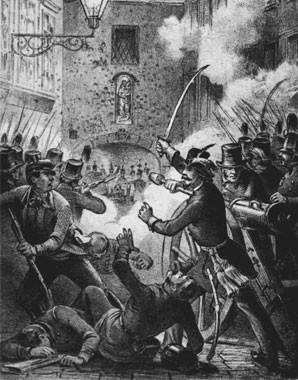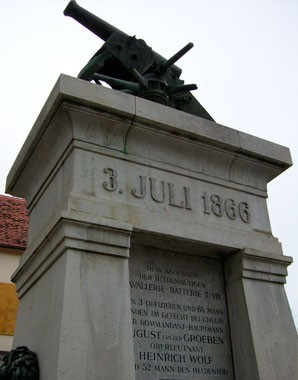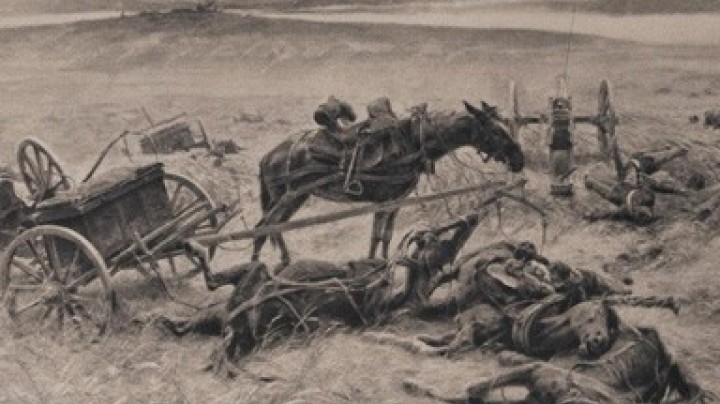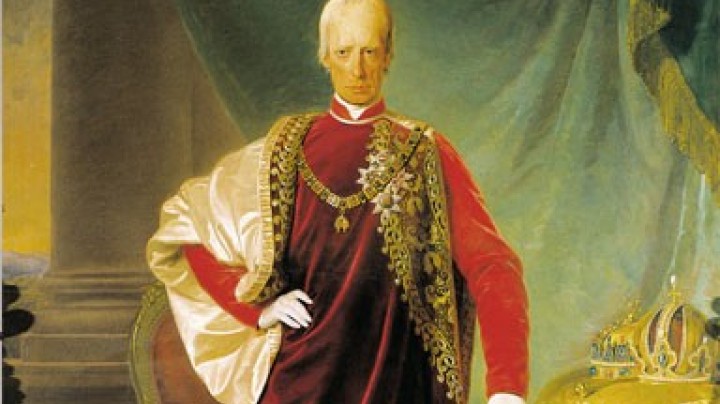Thrifty Court and expensive army – State expenditure
Today the state spends its tax revenue on health, administration and ‘public order’ – and what did the Habsburgs do with all their taxes?
Approximately one per cent of total annual state expenditure went on the imperial family and the Court, only a tiny share in comparison with other forms of expenditure. The army received one of the largest shares, namely around a quarter. The Liberals criticized the high percentage that went on military expenditure.
Nevertheless the Imperial-Royal (after 1867 Imperial and Royal) Army complained repeatedly that they were totally underfinanced and even made the Imperial Parliament (Reichsrat) responsible for their defeat by Prussia at Königgrätz (Sadova) in 1866, because it had not approved a large enough budget. Compared with other European armies the Austrian (after 1867 Austro-Hungarian) army was indeed financially less well endowed, although it is likely that if was military skill that ultimately determined victory or defeat. That we have any more or less accurate idea of what the state spent its money on has to do with the establishment of the Finance Ministry. Before the revolution of 1848 the Court Chamber (Hofkammer) was responsible for the state finances, but it drew up budgets only sporadically. The Imperial Diet (Reichsrat), which had been established as an advisory body in the constitution of March 1849 and upgraded to a genuine parliament in the constitution of February 1861, demanded annual budgets from the new Finance Ministry, because such plans gave a better overview and could be checked much more easily. After the compromise (Ausgleich) of 1867 the Austrian and Hungarian halves of the Empire pursued their own financial policies; when it came to the so-called ‘joint matters’ (gemeinsame Angelegenheiten) 70 per cent was financed by Austria and 30 per cent by Hungary. However, the budget situation remained tight and the state or the emperor often had to depend on loans from private financiers from the ‘second tier’ of society. Overall state expenditure increased sharply in the second half of the nineteenth century, above all as the result of the development of transport (especially railway) and telecommunications networks. The state was not responsible for providing social security, as this was paid for either by the provinces, towns and parishes or was financed on a purely private basis.















